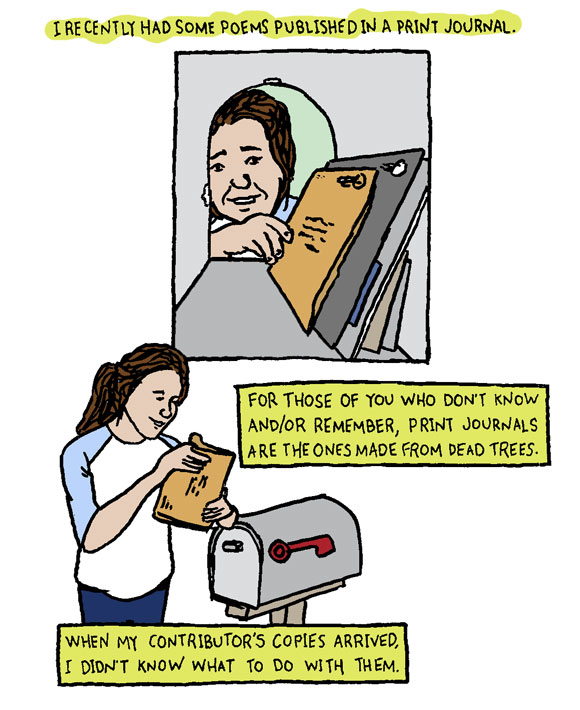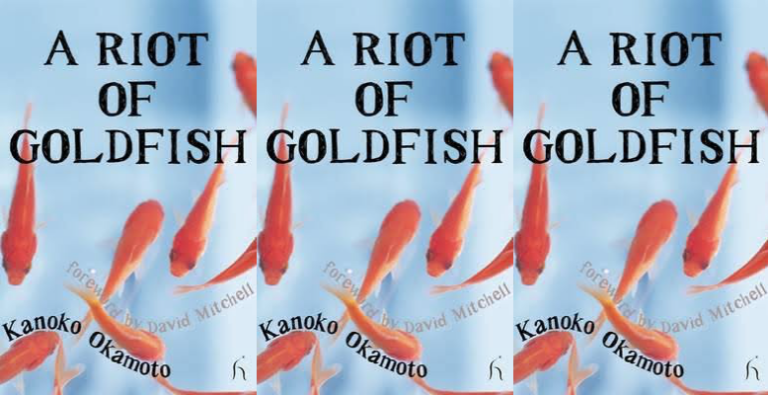Women in Trouble: Clover Adams
Clover Adams: A Gilded and Heartbreaking Life
Natalie Dykstra
Houghton Mifflin Harcourt, February 2012
336 pages
$26.00
Clover Adams, best known as the genteel and witty wife of nineteenth century writer Henry Adams, was a hobbyist photographer who killed herself at age forty-two by drinking her chemical developer. However, while Henry kept Clover’s half-full vial of potassium cyanide in his top desk drawer for the rest of his life, she is not mentioned once in his memoir, The Education of Henry Adams. In Natalie Dykstra’s debut biography, Clover Adams: A Gilded and Heartbreaking Life, Clover’s elusive life is finally reclaimed from the shadows of Victorian decorum.
Marion “Clover” Hooper inherited three generations of matrilineal despair—from Clover’s grandmother, a “mystery of sorrow” who lived in seclusion after the death of her eldest son, to Clover’s aunt, who made a “pact with loneliness” and drank arsenic when she was only twenty-seven. But as the well-born and wealthy wife of a national treasure, Clover could only reveal her inconsolable sadness in oblique and clever lines: a celebrated hostess, she wrote that her life of teas, travel, and dinners amounted to a “mild drizzle of gaiety.” Instead, to limn the hidden dimensions of Clover’s depression, Dykstra turns to Clover’s photography, a pursuit she took up shortly before her suicide.
Dykstra’s close readings of Clover’s photographs—portraits of the Adams’s remarkable friends, of Gothic landscapes, and even of their terriers at tea—provide psychological ballast, but they are presented in isolation and without the benefit of comparison with the amateur photography of Clover’s contemporaries. Dysktra helpfully describes the marketing schemes that were created to entice refined women of leisure like Clover, but absent is a robust, contextualized look at how Clover uniquely transformed a fashionable pastime into a forbidden expression of her misery.
Perhaps more telling than Clover’s artistry, however, was her initial eagerness and ultimate refusal (likely at Henry’s behest) to publish one of her portraits on the cover of a magazine. Clover hardly shied from publicity, and when the only exhibition of her work was mentioned in a Washington Post review, she proudly clipped and mailed it to her father: “Mrs. Henry Adams is also very skillful,” the article read, a testament to Clover’s life, where her talents were so often regarded as an afterthought.
Henry Adams “admired Clover’s intelligence even as he undermined it,” Dykstra observes, and Clover herself minimized her own erudition. Though the biography sparkles with Clover’s lines, we only receive them in fragments, and it is her willful blandness that seems more striking. Perhaps it was Clover’s fear of being branded a “bluestocking” that compelled her to dully report that reading Friedrich Schiller’s Thirty Years War in the original German was “hard but good fun,” and “though [Middlemarch] is dreary, I like it.” Dysktra contends that in photography, Clover at last found unrestrained territory, but one wonders what concessions to her girdled life Clover inevitably made in the images she developed.


